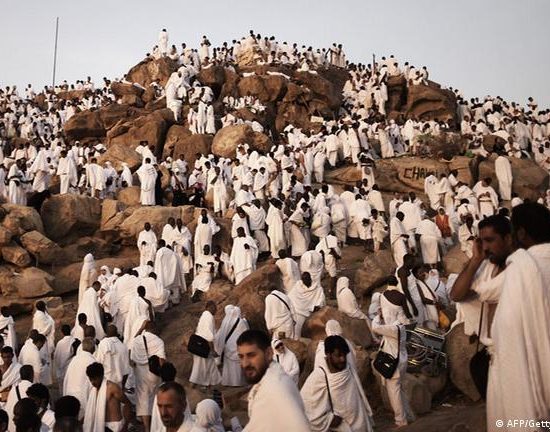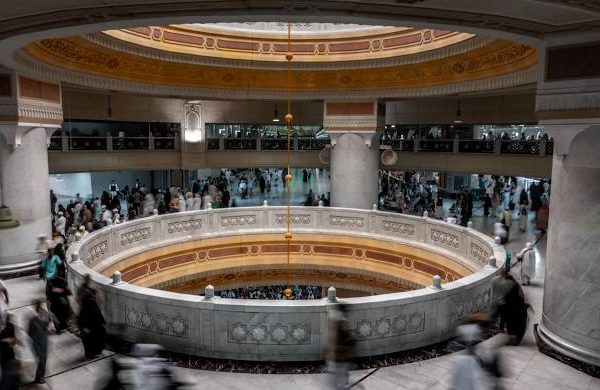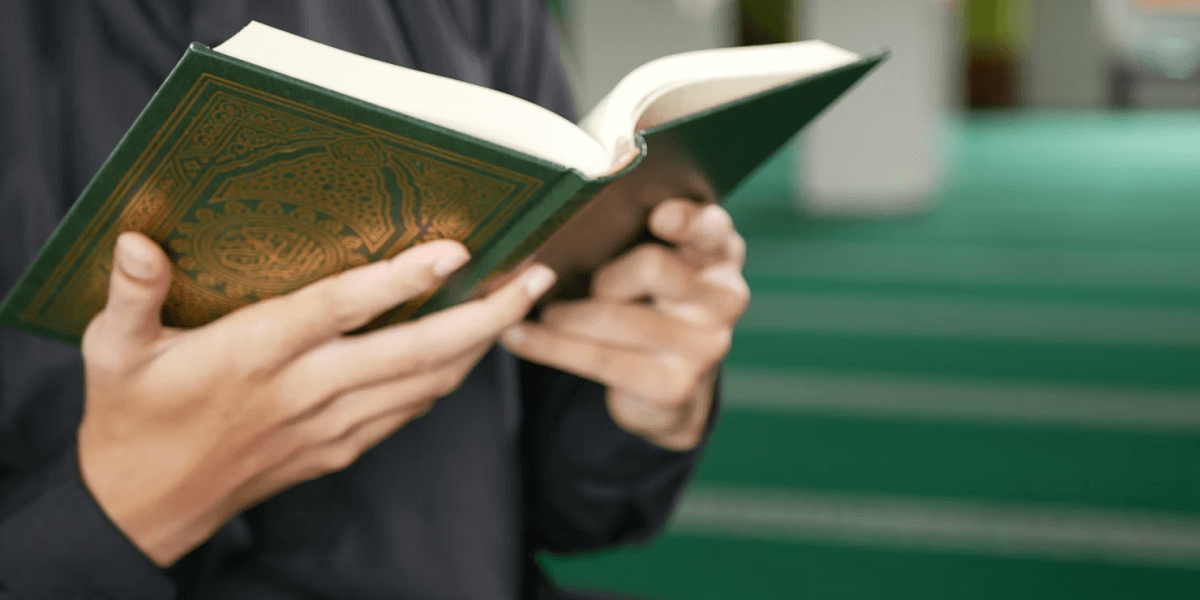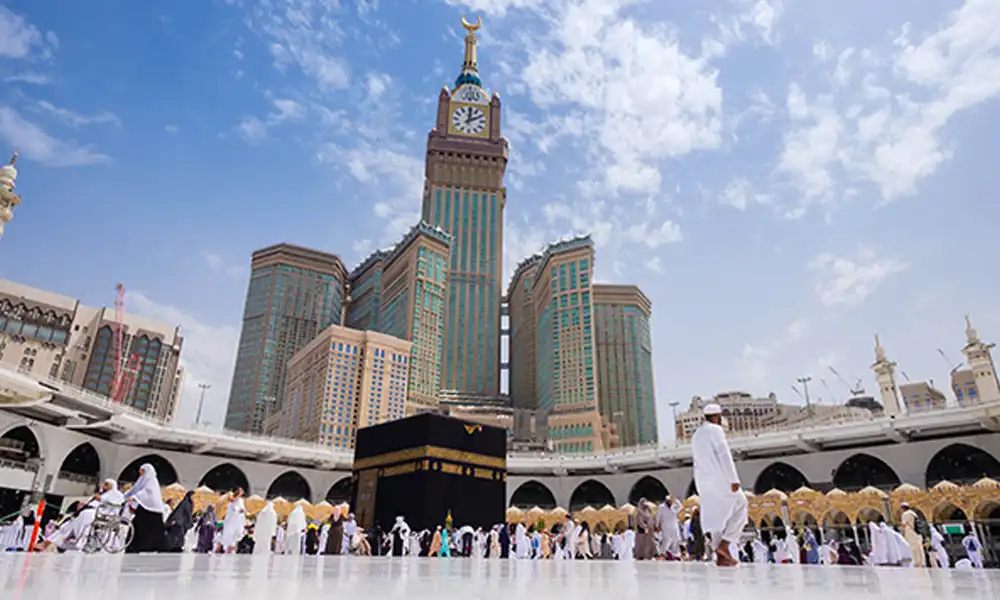Hajj Details
- Home
- Hajj Details
Hajj Details
What Is Hajj In Islam?
The sacred pilgrimage of Hajj involves a series of rites and rituals, often spanning 5km-15km per day, primarily centered around Masjid al-Haram in Makkah. It’s a spiritual duty and a pillar of Islam, typically undertaken once in a lifetime, though multiple visits are allowed with sincere devotion to Allah. As Prophet Muhammad (peace be upon him) said, “Whoever performs Hajj for the sake of Allah and abstains from wrongdoing, returns free of sin.”
Why is Hajj important?
Hajj is one of the five Pillars of Islam, which form the basic foundations of a Muslim’s beliefs. Every Muslim is expected to undertake the pilgrimage at least once in their lives if they have physical and financial capacity.


What Happens On Hajj?
Muslims who perform the sacred pilgrimage of Hajj are required to undergo a series of rites and rituals which each offer their own unique purpose and wisdom.
The 18 Steps Of Hajj At A Glance:
- Preparation and Intention
- Enter state of Ihram
- Tawaf x7
- Safa and Marwa
- Clip/Shave Hair (Umrah ends)
- Resting and Praying
- Enter state of Ihram
- Arrive at Mina
- Day of ‘Arafah
- Rami (stoning of the devil)
- Muzdalifah (under the night sky)
- Qurbani
- Shave Head
- Tawaf al-Ifadha
- Rami (stoning of the devil)
- Spend night at Mina
- Rami (stoning of the devil)
- Farewell Tawaf al-Wida
Why Do Muslims Go On Hajj?
Hajj is one of the fifth pillars of Islam, meaning it is obliged of every Muslim.
Here are the Five Pillars Of Islam:
- Profession of Faith (Shahada). The belief and declaration that “There is no diety worthy of worship except Allah, and Muhammad (ﷺ) is the final Prophet sent by Allah.”
- Prayer (Salah)
- Alms (Zakat)
- Fasting (Sawm)
- Pilgrimage (Hajj)
Unlike prayer, Alms and Fasting, Hajj is required of every Muslim only once during their lifetime.The Hajj pilgrimage is a test of patience and temperament, and can be spiritually, emotionally, and physically challenging.


Difference Between Hajj And Umrah
Both Umrah and Hajj involved the sacred sites in Makkah, there are notable differences between the two, such as:
Obligation
Umrah is voluntary, while Hajj is obligatory for financially capable Muslims.
Time & Duration
Umrah can be done year-round except during Hajj days, completed in 3-6 hours. Umrah al-Mufradah (independent),Umrah al-Tamattu (with Hajj).
Hajj occurs from the 8th to 12th or 13th of Dhul Hijjah, longer than Umrah, with specific rituals and locations like Mina, Arafat, and Muzdalifah.
Rituals
- Umrah rituals: Ihram, passing the Miqat, Tawaf around the Kaaba, Sa’i between Safa and Marwa, and shaving or trimming the hair.
- Hajj rituals: Additional rituals include staying in Mina, Arafat, and Muzdalifah, specific prayers, and stoning the pillars representing Shaytaan.
